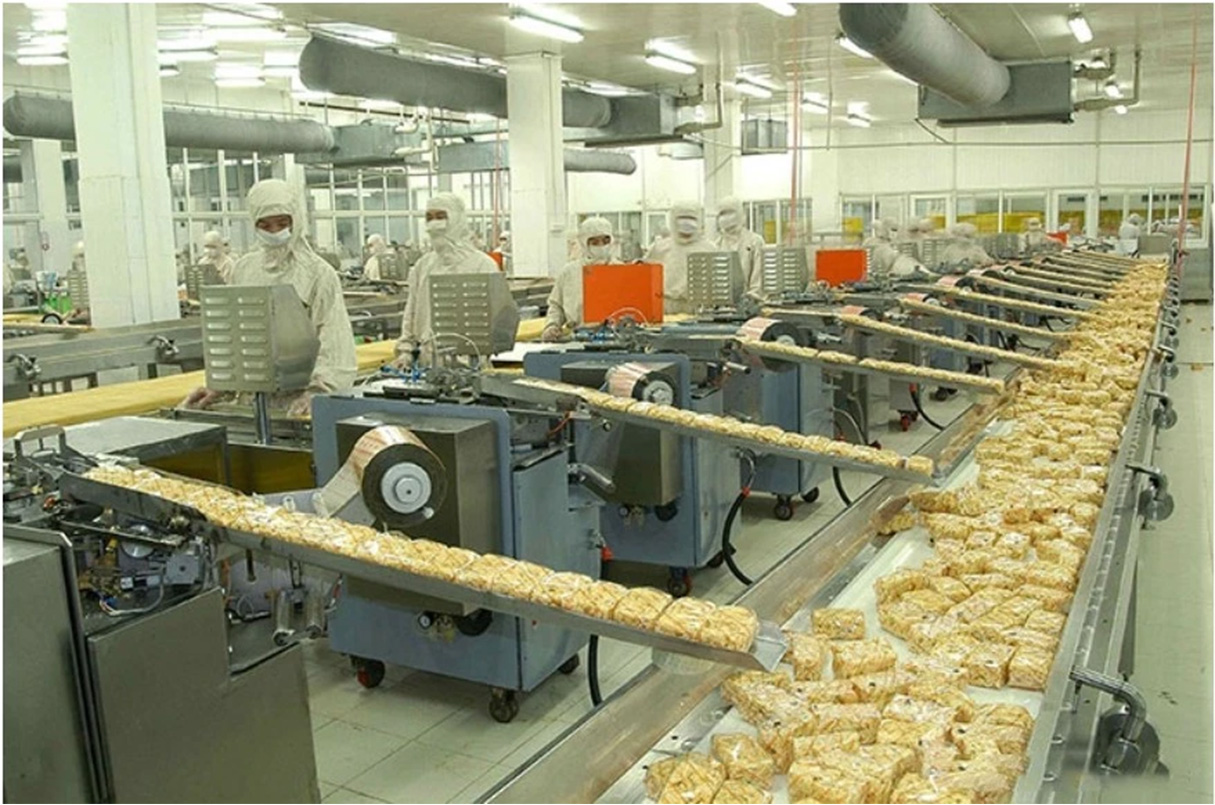In order to meet the requirements of food safety, food enterprises often involve cleaning and disinfection. Cleaning is the removal of dirt from factories and processing equipment. Disinfection is the use of disinfectants to destroy the propagules of microorganisms after cleaning, thereby reducing the number of microorganisms. Cleaning is for better disinfection. Disinfection is essential to ensure food safety, (disinfectant), refers to the preparation used to kill the microorganisms on the transmission medium to meet the requirements of disinfection or sterilization.

What kinds of disinfectants are commonly used? Excessive microorganisms in the food industry is a major problem, which seriously affects the quality and safety of processed food. The major source of excessive bacterial microorganisms is that the workshop environment is not cleaned and disinfected well. Disinfection is a systematic process for food companies. It is very important to use disinfection products for reasonable cleaning, so what types of food disinfectants are generally available?
1. Alcohol
Advantages: colorless, odorless, fast volatility;
Disadvantages: Alcohol-based weak disinfectants have poor penetration on uneven surfaces;
The killing rate of viruses and spores is low;
It is flammable and explosive, and it is not easy to spray in large-scale workshops;
High cost and unsafe.
2. Chlorine dioxide
advantage:
Peroxide-based disinfectants containing chlorine rather than chlorine preparations;
Exist in molecular form, oxidatively sterilize, do not generate organic halogens such as chloroform;
It has a wide range of killing, and has a good inhibitory and killing effect on bacteria, fungi, viruses, spores, AIDS, hepatitis B, etc.;
Not affected by temperature, humidity, PH value and other factors;
A product can be diluted into different concentrations according to different objects;
Can be sprayed, soaked, wiped, fumigated, sprayed and other methods;
Personnel, equipment, utensils, space environment, production water, etc. that can be used for food production;
shortcoming:
A bit similar to the pungent smell of chlorine; not friendly to employees, there is an activation link. It is unstable and easy to explode, so it needs to be produced on site. Chlorine dioxide will explode when exposed to light or contact with organic matter. Chlorine dioxide is compressed into a liquid, and slight environmental changes can cause explosions
3. UV lamp
Advantages: Ultraviolet germicidal lamps are evenly distributed on the ceiling of the workshop, and the ultraviolet radiation generated by them is used to sterilize the surface of objects and the air. The operation is simple, the price is cheap, the management is convenient, and the maneuverability is flexible.
shortcoming:
1. The sterilization and disinfection are low, and the intensity of ultraviolet rays emitted by the ultraviolet lamp decreases with the increase of use time, so the disinfection and sterilization ability is continuously weakened.
2. Ultraviolet rays have weak penetrating power and are easily blocked by production equipment, resulting in dead ends and affecting the sterilization effect.
3. Ultraviolet sterilization is greatly affected by relative humidity. When the relative humidity in the clean room is greater than 60%, its sterilization effect is significantly weakened. When the relative humidity is greater than 80%, it is not suitable for use.
4. Ultraviolet radiation has low energy and can only kill directly irradiated microorganisms. Therefore, the disinfection site must be fully exposed to ultraviolet rays.
5. The distance from the surface of the object irradiated by ultraviolet rays should not be > 1.50m
6. Do not use when someone is at work
7. Formaldehyde
Formaldehyde gas has broad-spectrum and bactericidal effects. The use of formaldehyde gas for fumigation and disinfection can purify the air in the workshop of food factories under general airtight conditions, and can also sterilize the surfaces of walls, machinery and equipment in the workshop, and has a good effect on mildew.
Why is it not recommended for food companies to use formaldehyde fumigation to sterilize the air in the workshop?
1. Disinfection and sterilization takes a long time, which affects production. For example, formaldehyde fumigation: disinfection time is 12h, standing for 4h, exhausting for 8h, and one disinfection takes less than 24h. Disinfection will stop production for 2 to 5 days at a time.
2. In order to eliminate irritating odors, the ventilation system is opened for a long time after disinfection and sterilization, the non-production running time is too long, and the energy waste is large.
3. It is necessary to set up an exhaust system or facility.
4. It is easy to produce secondary pollution. Such as formaldehyde fumigation, paraformaldehyde polymer (white powder) will appear, attached to the maintenance structure and equipment pipeline surface in the clean room. Within a few days after disinfection, the number of suspended ions will increase, and the formaldehyde polymer will gradually depolymerize into formaldehyde. , it is very harmful to production operators.
5. It has a strong irritating odor. It stays in the indoor environment for a long time after disinfection and sterilization, and it takes a long time to remove the residual odor, which is harmful to the health of production operators and has carcinogenic effects.
5. Hydrogen peroxide
Hydrogen peroxide is generally considered one of the safest disinfectants, both for human health and the environment. Most people are familiar with the brown bottles of hydrogen peroxide in the drugstore, which is the 3 percent variety that can be used on wounds or as a mouthwash.
The decomposition components of hydrogen peroxide after disinfection are water and oxygen. With very good health and safety, hydrogen peroxide is used as a disinfectant and has a powerful killing effect on a variety of microorganisms, including bacteria, yeast, fungi, viruses and spores.

















